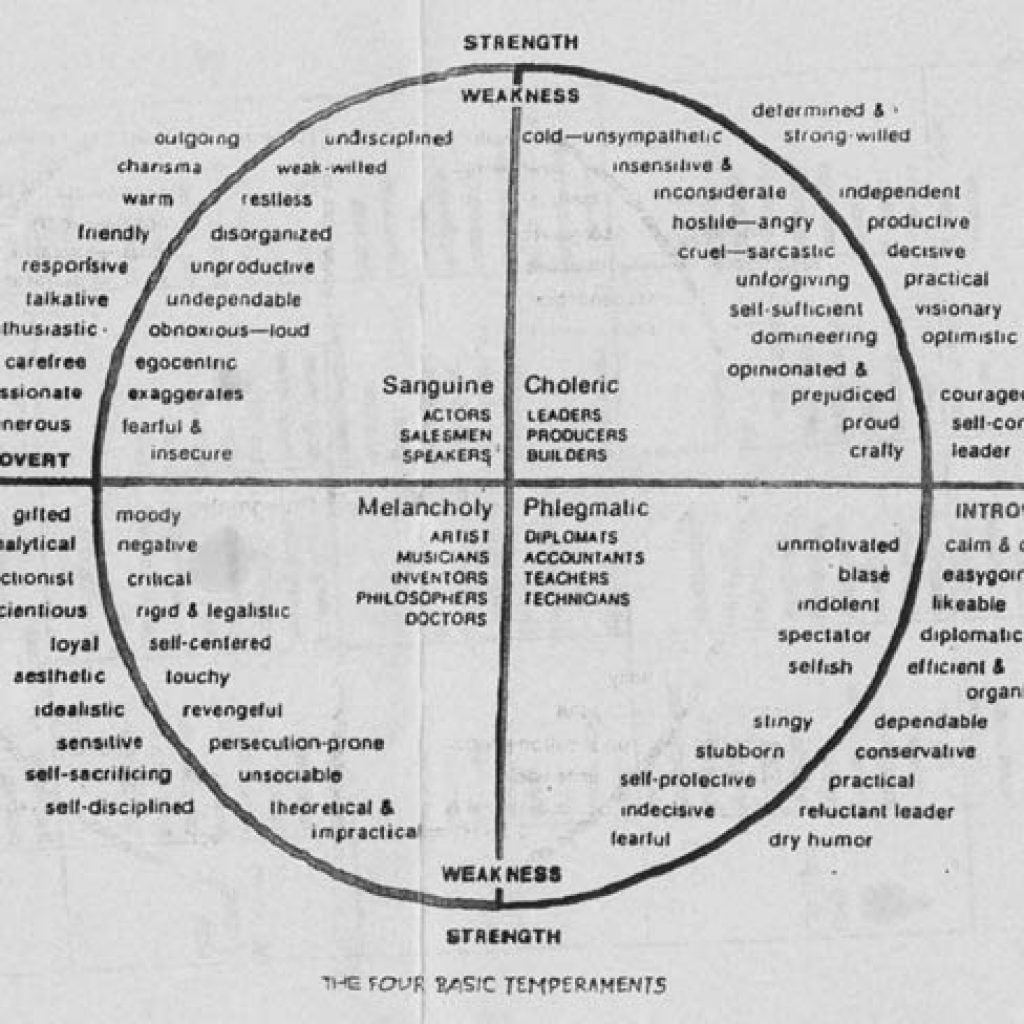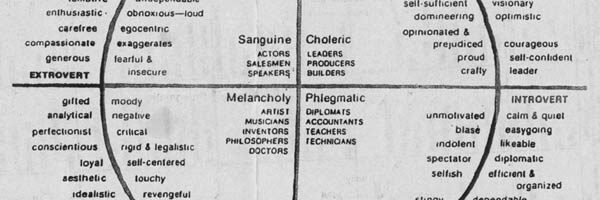
Soon after my surgery I was home exhausted and still wondering what hit me and how I would recover.
I was given precious tickets to experience live music, dance and philosophy at Philadelphia’s Academy of Music—a theatre with plaster decorations and gold leaf that teleports one to centuries gone by.
I saw the Pennsylvania Ballet’s “The Four Temperaments,” which was inspired by the medieval belief that we are all made of four different humors associated with four elements—earth, air, water and fire—and standing also for Melancholic, Sanguinic, Phlegmatic and Choleric (see below for one interpretation).

Although I barely had the energy or will to leave the house, seeing the show gave me so much beauty and a sense of self-acceptance. The dancers and choreography from the performances spoke to me profoundly of healing and honestly on melancholia.
Even though I was unable to clap the loudest, I felt the connection with ancients who were struggling with the same concepts of healing we are concerned with today. Not much has changed!
This idea of looking to nature for solutions into the nature of men has a rather long history. It connects with the alchemy of stories like Camelot and also with the very early Christian art history I studied in undergraduate and graduate school.
Often, I’ve thought that if I ever had the free time, “armed” with books like Umberto Ecco’s History of Beauty, I could create multifaceted art lessons that could help participants explore many viewpoints on the nature of healing and art.
As my 90 + year old great uncle and former ballet dancer wrote:
“Enjoy the growth, the improvement over the dreary day, as you must. All things will come around, it is your perseverance that will make it so. “
When any of the arts touch you, the way the elegance of those dancers moved me, you are ready for growth.

